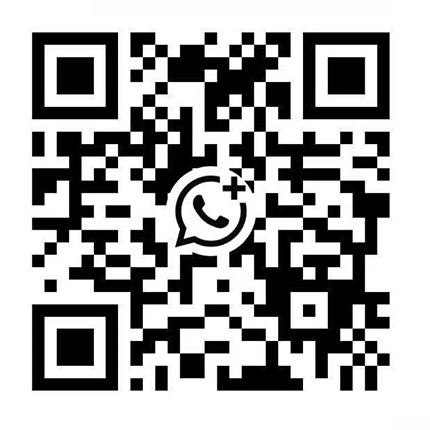1. Macro Environment
-
Asia PMI (August 2025): Most Asian economies showed contraction due to U.S. tariff pressures, but China’s Caixin Manufacturing PMI rose to 50.5 (expansion) while the official PMI inched up to 49.4 (still contraction). This reflects weak external demand but moderate domestic recovery, creating mixed signals for steel demand.
2. Steel Output & Downstream Demand
-
China crude steel production was weak in July but is expected to rebound in August, though overall demand remains “tepid.” Real estate and infrastructure are still soft, while manufacturing shows relatively better resilience, which favors ERW pipes more than SSAW.
3. Coil Feedstock (HRC) Prices – Direct Cost Driver
-
International HRC: Around $796/ton in late August, down ~7% month-on-month, easing pipe mills’ cost pressure but reflecting weak overseas demand.
-
China spot HRC: Fluctuated in the 3,383–3,423 RMB/ton range between Aug 27 and Sep 1.
-
Steel mill pricing: Baosteel raised September HRC ex-works prices by RMB 200/ton (after a RMB 100/ton hike in August), signaling higher costs for welded pipe producers.
4. Pipe-Specific Market Notes
-
Industry reports suggest welded pipe price volatility narrowed in summer 2025, with pipes largely following coil cost trends and export opportunities. Monthly pipe reports (July published, August pending) emphasize export orders and infrastructure restocking as key watchpoints.
-
Regional pricing: In North America and Europe, ERW structural and mechanical pipe prices were mostly flat to slightly down in August, though in July some categories saw hikes of +USD 150/ton due to coil inflation. This illustrates lag effects and regional divergence.
5. Segment Analysis: SSAW vs. ERW/LSAW
-
SSAW (Spiral Welded Pipe):
Primarily used in oil & gas transmission, water supply, and municipal projects. With HRC costs rising but project demand still modest, SSAW prices face upward cost pressure but actual transaction volumes depend heavily on infrastructure project release schedules. -
ERW/LSAW (Straight-Seam Pipes):
-
LSAW serves heavy-duty pipelines and structural use.
-
ERW covers mechanical tubing, auto components, scaffolding, and fluid transport.
Given China’s private PMI >50, ERW demand has relatively better support from manufacturing, though export competition remains intense due to weak external demand.
-
6. Three-Month Outlook (Sep–Nov 2025)
Base Case (Neutral):
-
HRC price range: China HRC expected to trade between RMB 3,350–3,500/ton, and international HRC between USD 760–840/ton. Pipe prices will follow a “weak cost pass-through + selective order support” pattern.
-
Product divergence:
-
ERW: Likely to stay relatively stable, supported by manufacturing restocking.
-
SSAW/LSAW: Dependent on project release; heavy-spec demand could find support if new pipeline or municipal tenders accelerate.
-
-
Exports: Opportunities remain uncertain due to tariffs and weak global demand; low-value products face fierce competition.
Upside Triggers:
-
Policy-driven infrastructure acceleration leading to concentrated project orders.
-
Production cuts by steelmakers, or market expectations thereof, could lift both coil and pipe prices.
Downside Risks:
-
Deeper-than-expected external demand slowdown, further weakening Asian PMIs.
-
Renewed HRC declines (below USD 760/ton), squeezing margins and forcing pipe mills to discount.
7. Takeaways for Buyers & Sellers
-
Buyers (importers / distributors):
-
Consider opportunistic restocking if HRC dips to the lower bound of its range.
-
Lock in ERW standard sizes (e.g., Q235/Q345 fluid pipes) for stable supply in Q4.
-
-
Sellers (mills / exporters):
-
Focus on value-added and project-driven SSAW/LSAW where margins are more defensible.
-
Strengthen export differentiation to offset pricing pressure in oversupplied commodity grades.
-


